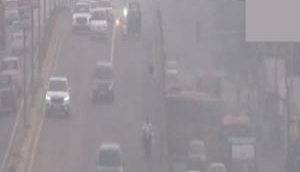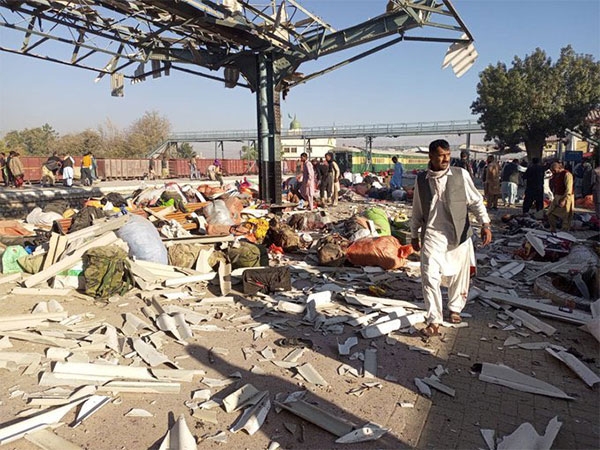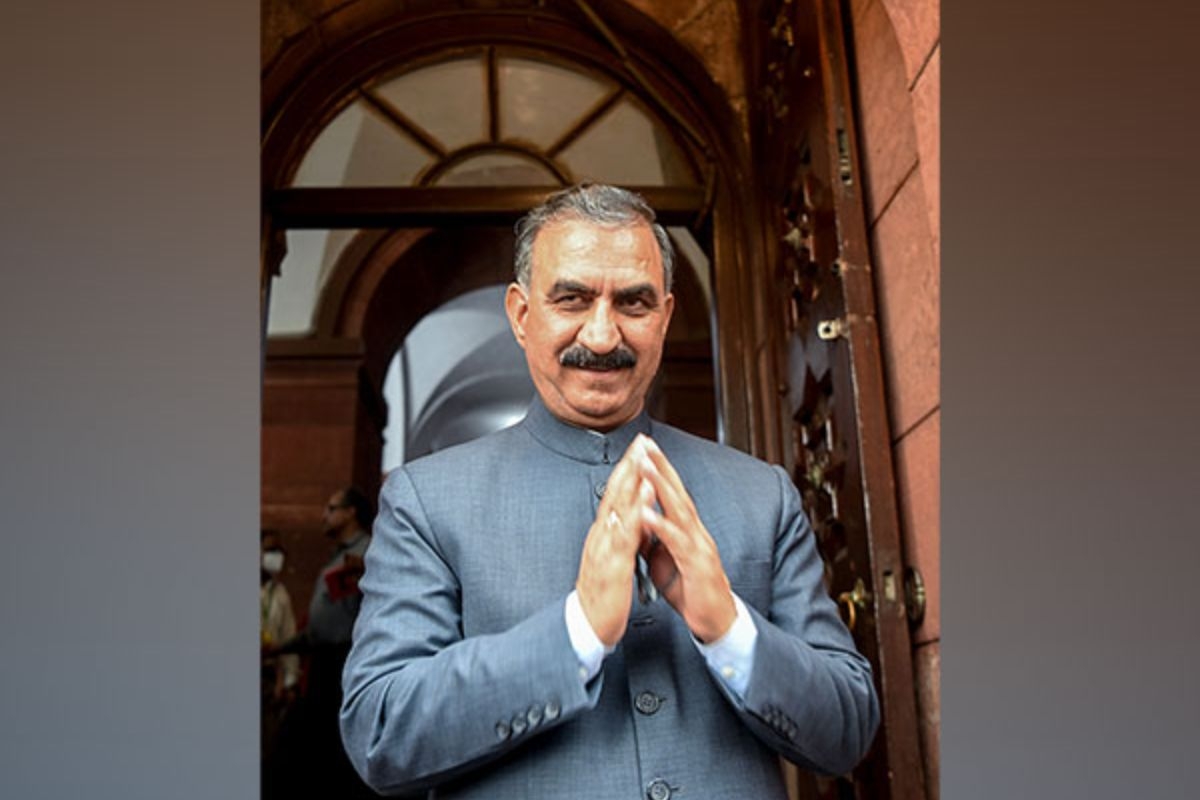
Banks and ATMs today witnessed more chaos and even longer queues as cash-starved people queued up to exchange and withdraw money.
Amid chaos, Union Finance Minister Arun Jaitley today addressed the media over the demonetisation issue and announced that it will take at least two-three weeks to recalibrate the ATMs and assured the public that the common man's money is safe.
The finance minister said that the recalibration of ATMs in advance was not possible considering the secrecy of operation.
Here's how the ATMs will be recalibrated and why it needs time:
1. An ATM has four cassettes filled with money. Many ATMs have two cassettes filled with Rs 1,000 notes, one with Rs 500 notes and one with Rs 100 notes. On an average, a cassette's maximum capacity is 2,000 notes.Now with the demonetisation move, the Rs 500 and Rs 1000 notes are being removed from the ATMs and in place of these notes, the new currency and old currency of small denominations are being put for future withdrawal purposes. 2. Some cassettes cannot handle the Rs 100 and Rs 50 notes, so now each cassette will be calibrated to act in a certain manner to handle a certain currency. It works with the software and the whole ATM machine in tandem to identify features such as weight, dimensions, design and security features of a currency and dispense them.
3. Presently, ATMs are unable to read the new note size, and therefore, sensors are unable to dispense notes. In the process of recalibration, ATM sensors have to be changed to enable them to dispense the new currency notes.
4. Since there are new features in the Rs 2,000 and the new Rs 500 notes, ATM machines have to be tested for them. Though the ATM companies have started the modification at the software level, it still requires time to implement this across the country.
5. Cash deposit machines cannot check the authenticity of the currency notes so in the deposit machine, companies will have to tune the software to start accepting the new currency and check the security features of the new notes. This is not required for the regular cash dispensing ATMs.
6. ATMs are also unable to read the new note size, and therefore, sensors are unable to dispense notes. In the process of recalibration, ATM sensors have to be changed to enable them to dispense the new currency of the country.
The previous size of notes was 150mm x 63mm for 500 rupee notes, 177mm x 73mm for 1000 rupee notes and now it is 66mm x 166mm for 2000 rupee notes and 66mm x 150mm for new 500 rupee notes.
7. With the introduction new notes, all the ATM machines need to be reconfigured. For this purpose, an engineer has to physically visit an ATM and the reconfiguration could take three to four hours, hence to reconfigure the machines across the country, at least some time is required.







![BJP's Kapil Mishra recreates Shankar Mahadevan’s ‘Breathless’ song to highlight Delhi pollution [WATCH] BJP's Kapil Mishra recreates Shankar Mahadevan’s ‘Breathless’ song to highlight Delhi pollution [WATCH]](https://images.catchnews.com/upload/2022/11/03/kapil-mishra_240884_300x172.png)

![Anupam Kher shares pictures of his toned body on 67th birthday [MUST SEE] Anupam Kher shares pictures of his toned body on 67th birthday [MUST SEE]](https://images.catchnews.com/upload/2022/03/07/Anupam_kher_231145_300x172.jpg)






